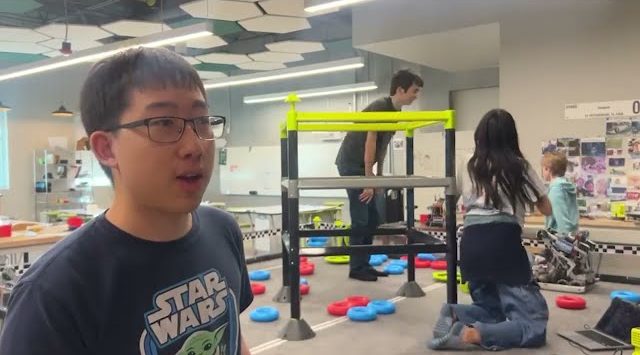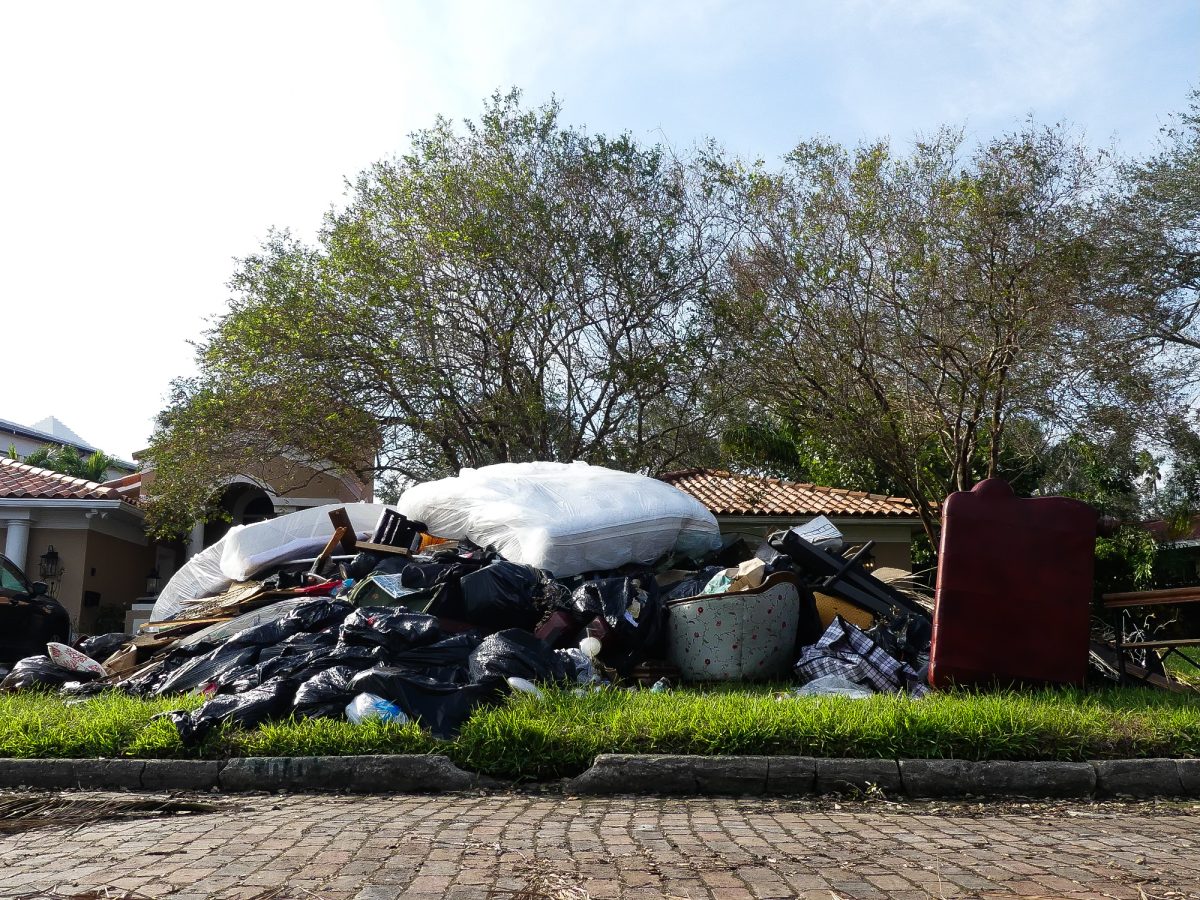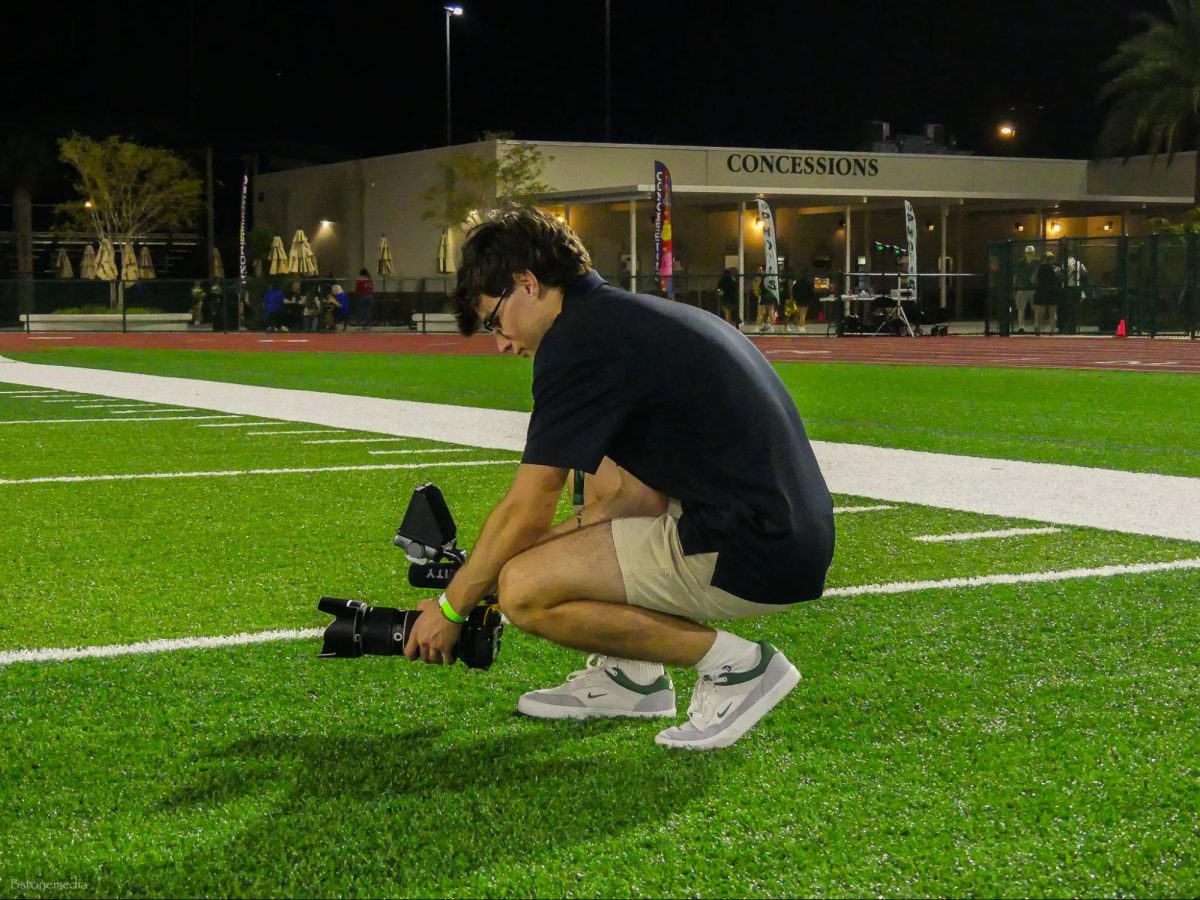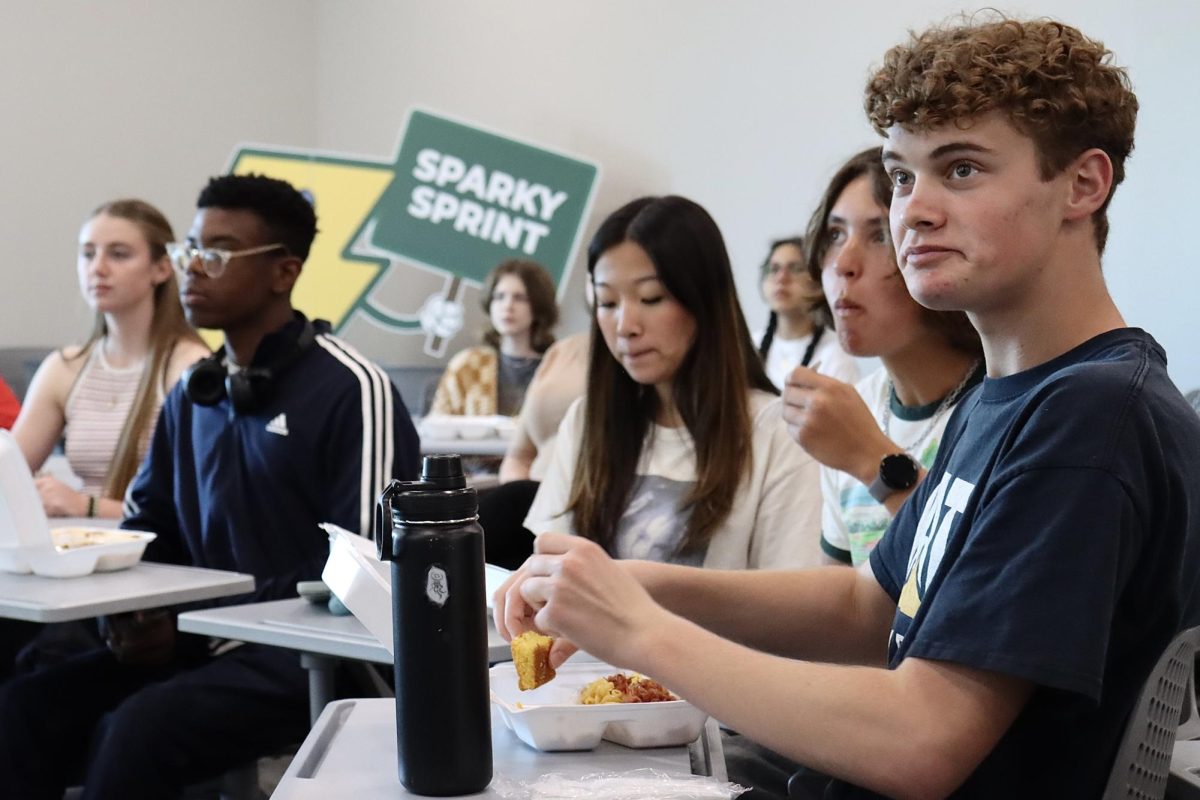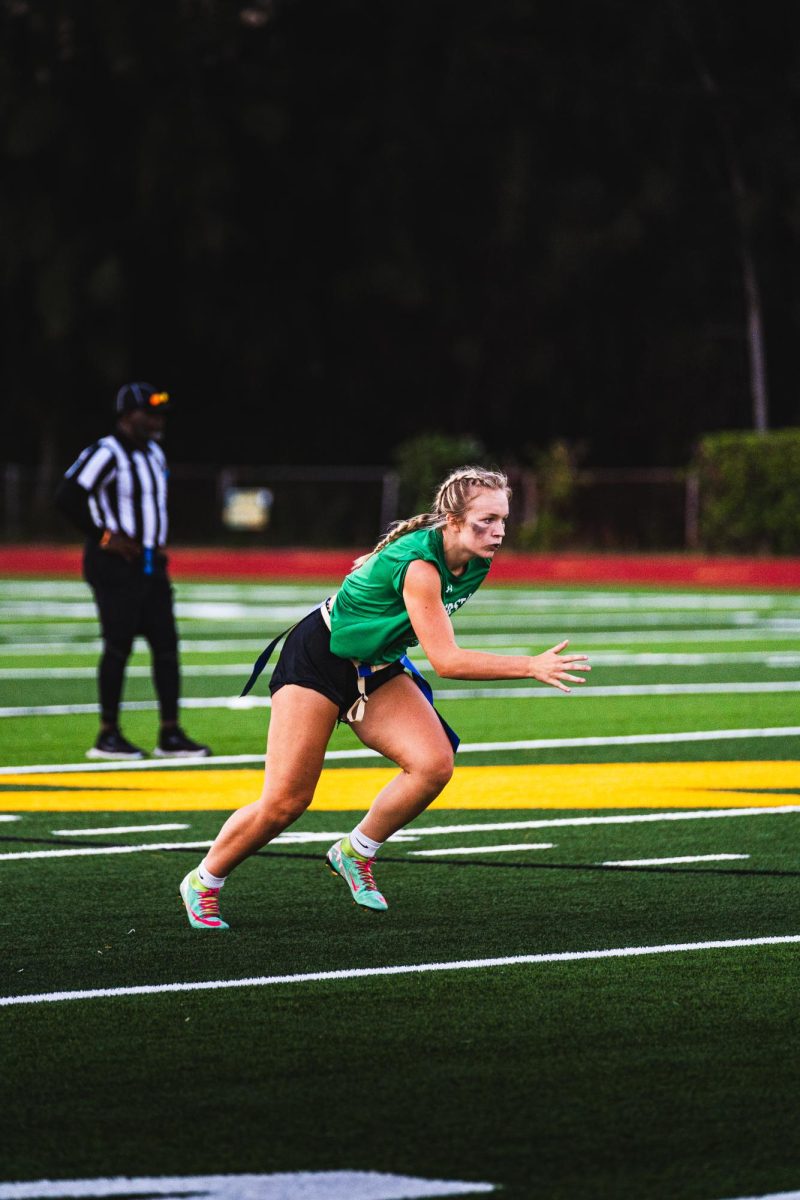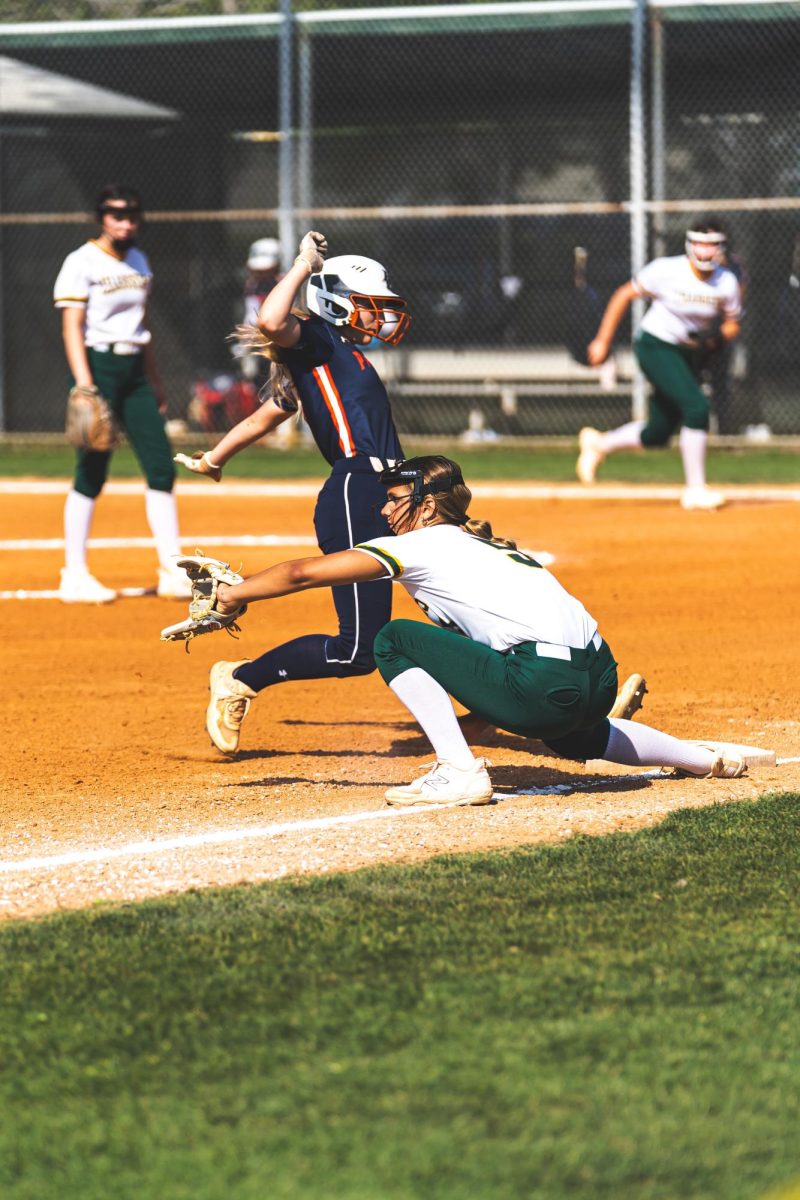Women are subordinate to men because they do not receive sufficient resources to succeed. At least that’s what feminist icon Mary Wollstonecraft believed in her renowned piece of feminist literature, A Vindication of the Rights of Women. In this work, she explains how the lack of help given to women affects their aim to be as equal as men.
This idea can trickle into high school sports. According to a study by the Women’s Sports Foundation, one of the leading reasons why girls quit school sports is the lack of opportunities they have compared to boys, adding up to 1.3 million fewer opportunities throughout high school. Another reason is the social stigma that girls in sports face—often manifesting in negative stereotyping considering that sportiness is traditionally considered a masculine quality, which may foster insecurities.
These broader problems respecting female access to sports raise questions about Shorecrest’s female athlete population—do they face these same issues? While both the fewer opportunities and negative stigma create roadblocks for female athletes, it’s important to note that each of these issues have different roots. One stems from a lack of institutional support (institutions such as high schools) and one from deeper societal issues. However, both lead to underrepresentation.
As an institution, the biggest question at Shorecrest is how opportunities and resources compare between female and male athletes. “We don’t believe there is a difference in recognition among male versus female athletes,” Athletic Director Anthony McCall said. “Our department views the treatment of our student-athletes in three distinctive areas, which any athletic department can control. These are allocation of resources, equal sports offerings for boys and girls, and support for coaches of sports offered. I am convinced each of those areas are equally addressed for boys and girls sports at Shorecrest.”
Even in lieu of this statement, Shorecrest has displayed a willingness to grow and learn. This spring, three lunches were hosted by Upper School Science Teacher Bernadette Kozolowski for fall, winter, and spring athletes, where students were welcomed to share their thoughts about gender equity at Shorecrest.
Senior and captain of the varsity girls soccer team Adelaide Oman said, “I definitely really appreciated knowing that there are people willing to listen to what we had to say about gender inclusivity because I’ve always talked about it with Sonoma [Kasica, fellow girls varsity soccer player and team captain] and other teammates… I definitely feel like we can bring more awareness to what really goes on within sports teams and how teams can be more gender inclusive.”
Oman pointed out two things. Firstly, she recognizes and appreciates the Shorecrest athletics department’s willingness to listen, and secondly, she recognizes a need for the department to grow based on her experiences with programming.
Junior Scarlette Aguilar plays on the Shorecrest varsity girls softball team. She said, “I believe that softball is undervalued, especially when you compare it to the baseball team here, but it’s already like that in general because of the lack of interest in female sports everywhere.”
Aguilar recognizes this other factor in opportunities presented to females. It’s more than simply presenting the opportunity, it’s about how the female opportunity and recognition compares to the male opportunity and recognition. In this case, softball and baseball are counterparts, where, according to Aguilar, one often receives more attention.
While these cases of imbalance do occur, it may not be entirely due to gender. When competing in the state championship, the varsity girls soccer team had a “watch party” where Upper School students gathered in the Janet Root Theatre to watch the game and boost school morale.

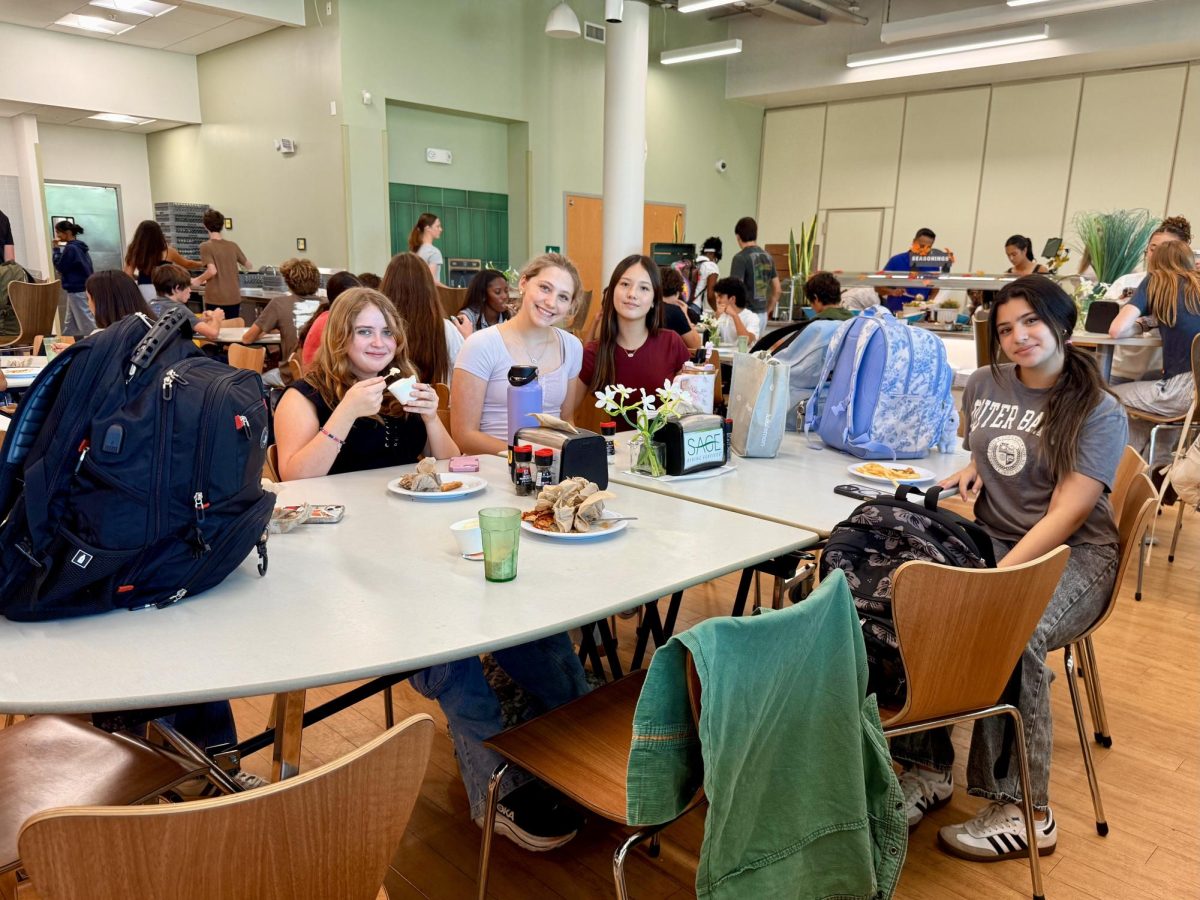


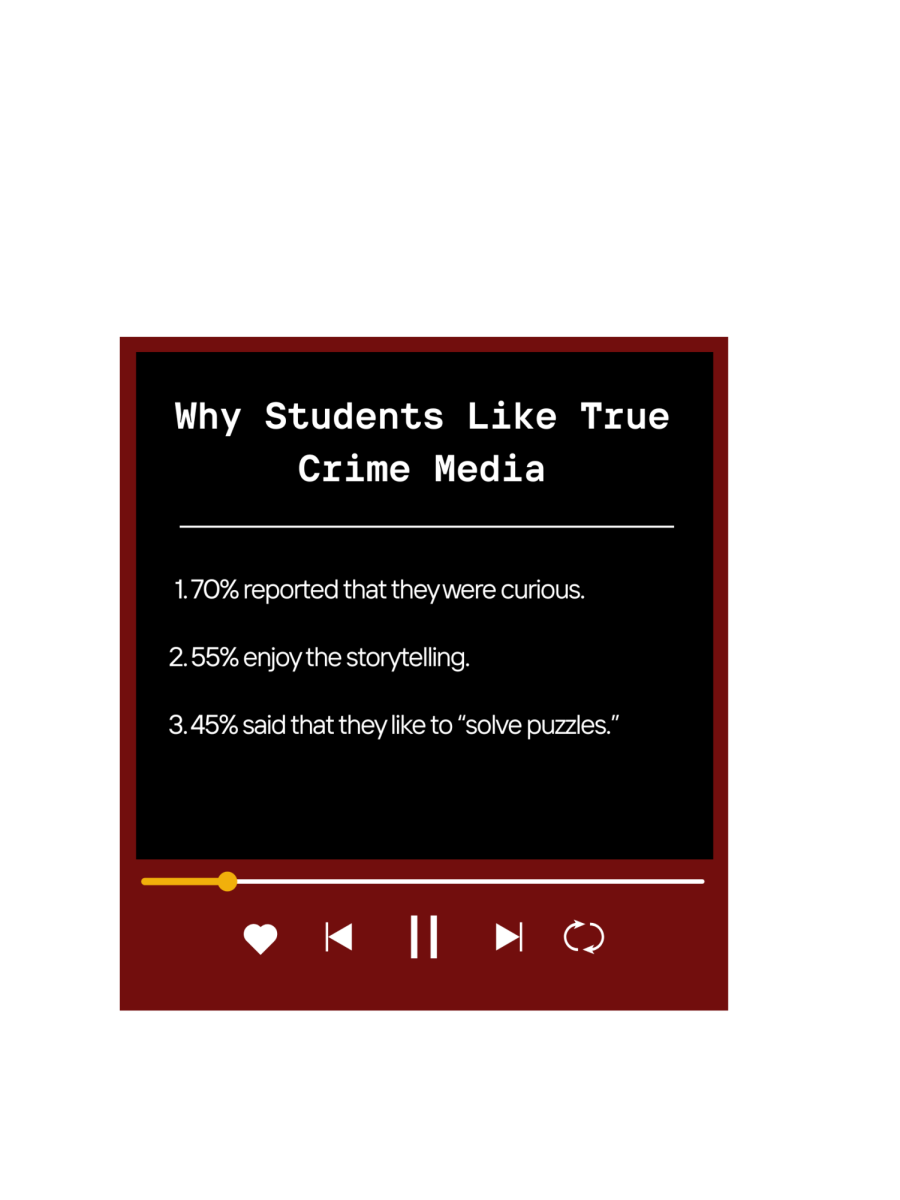

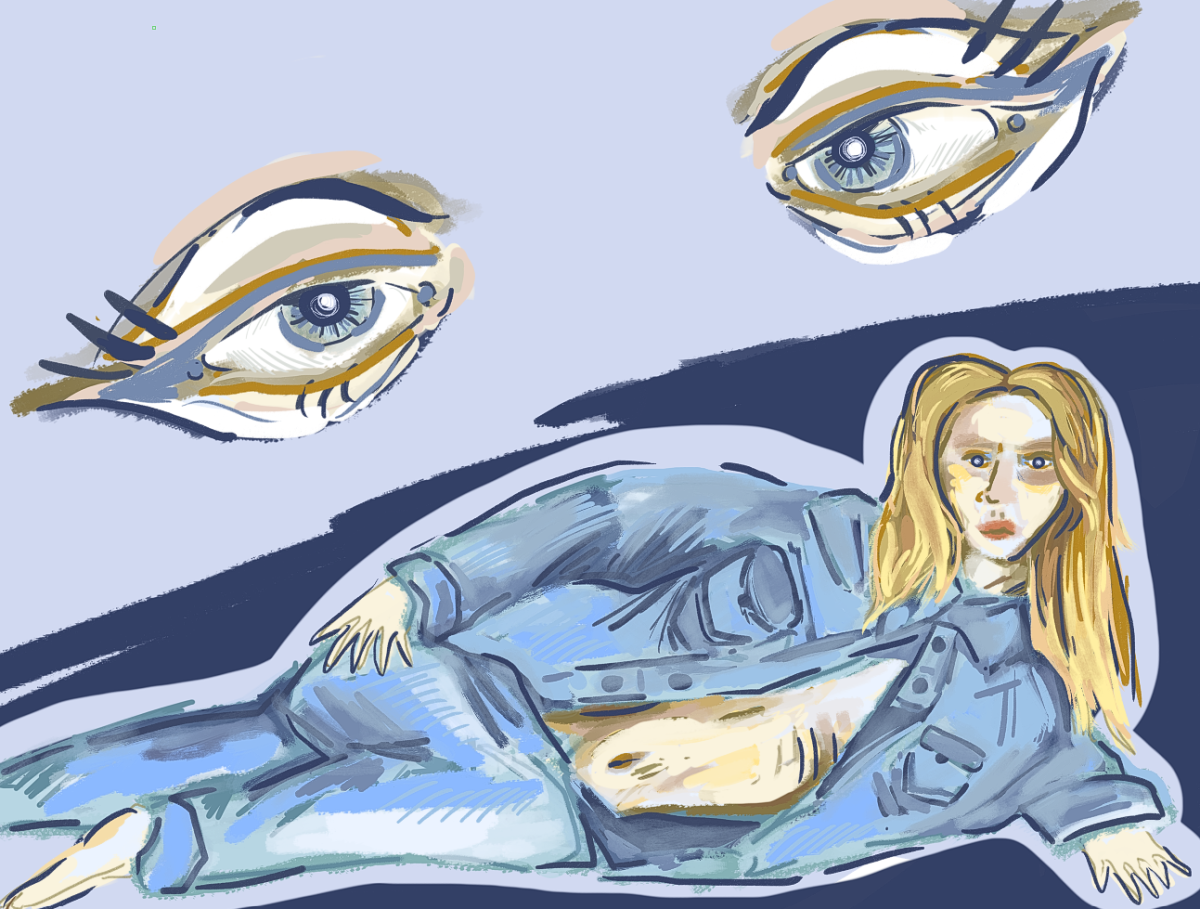




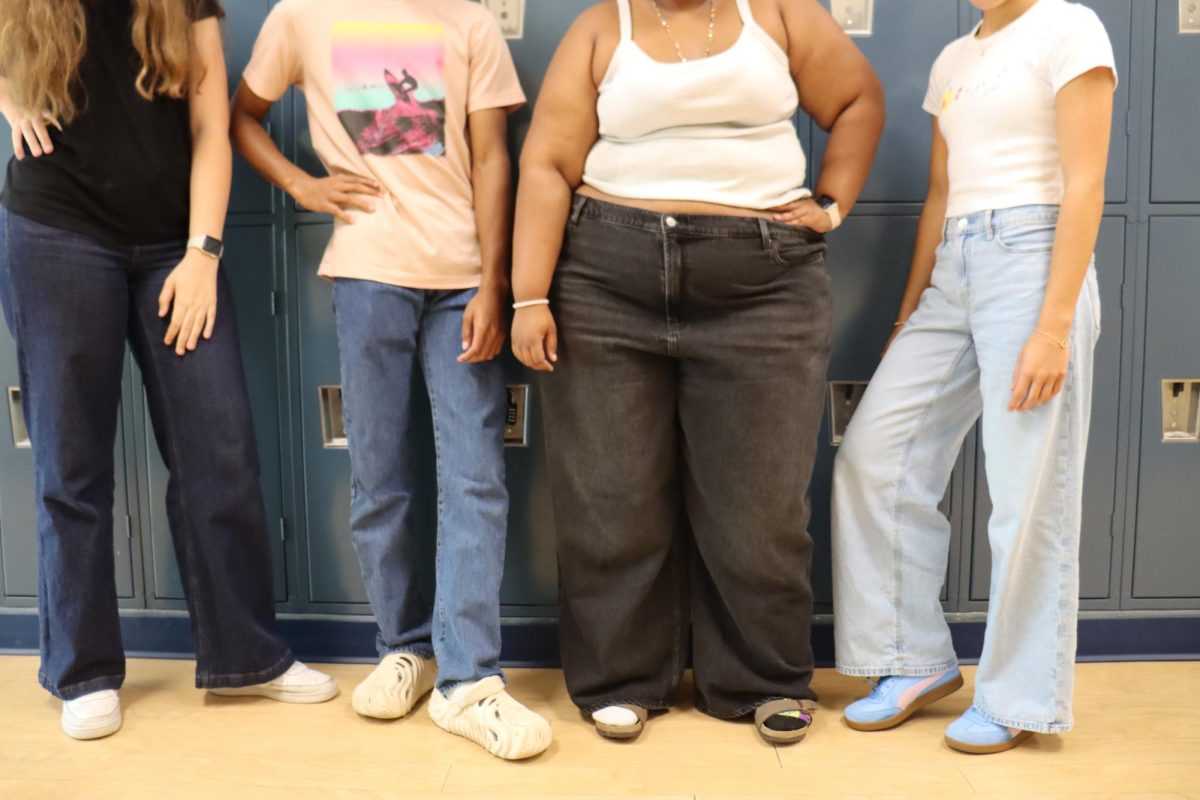
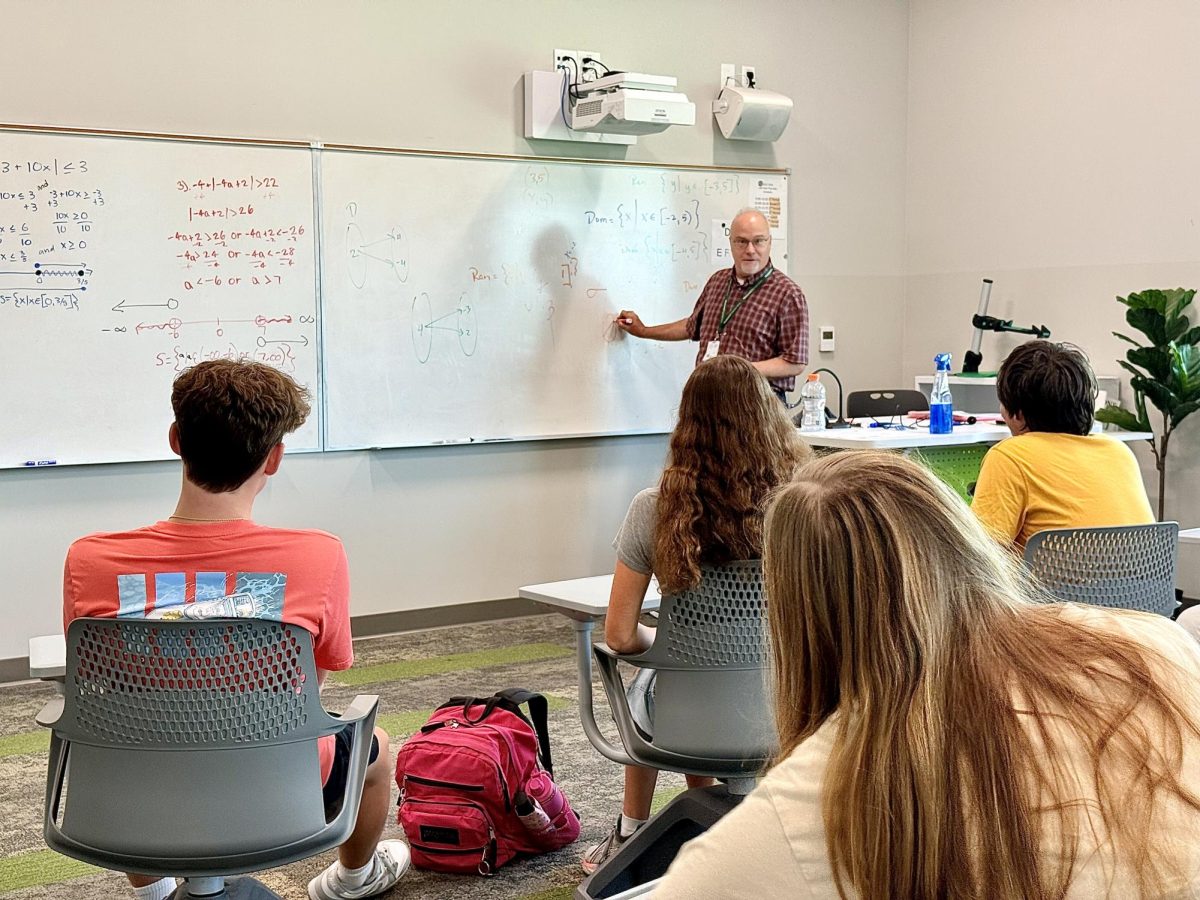

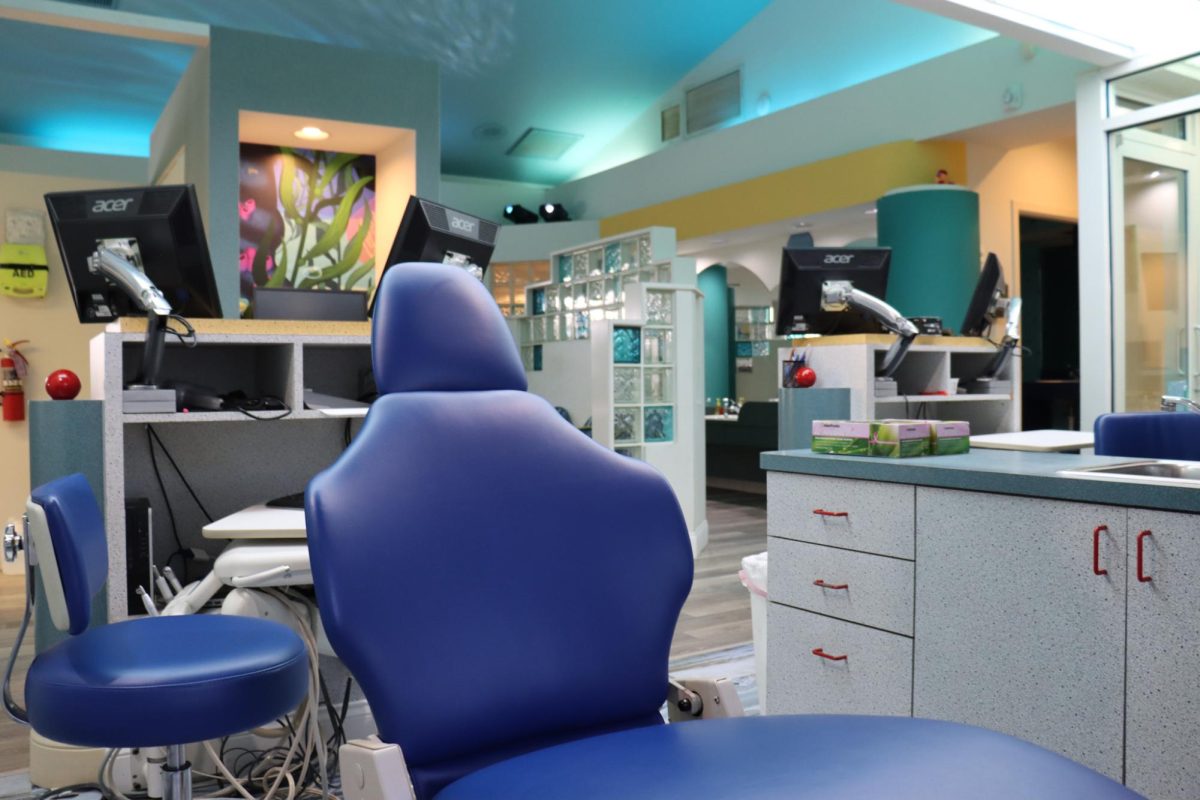
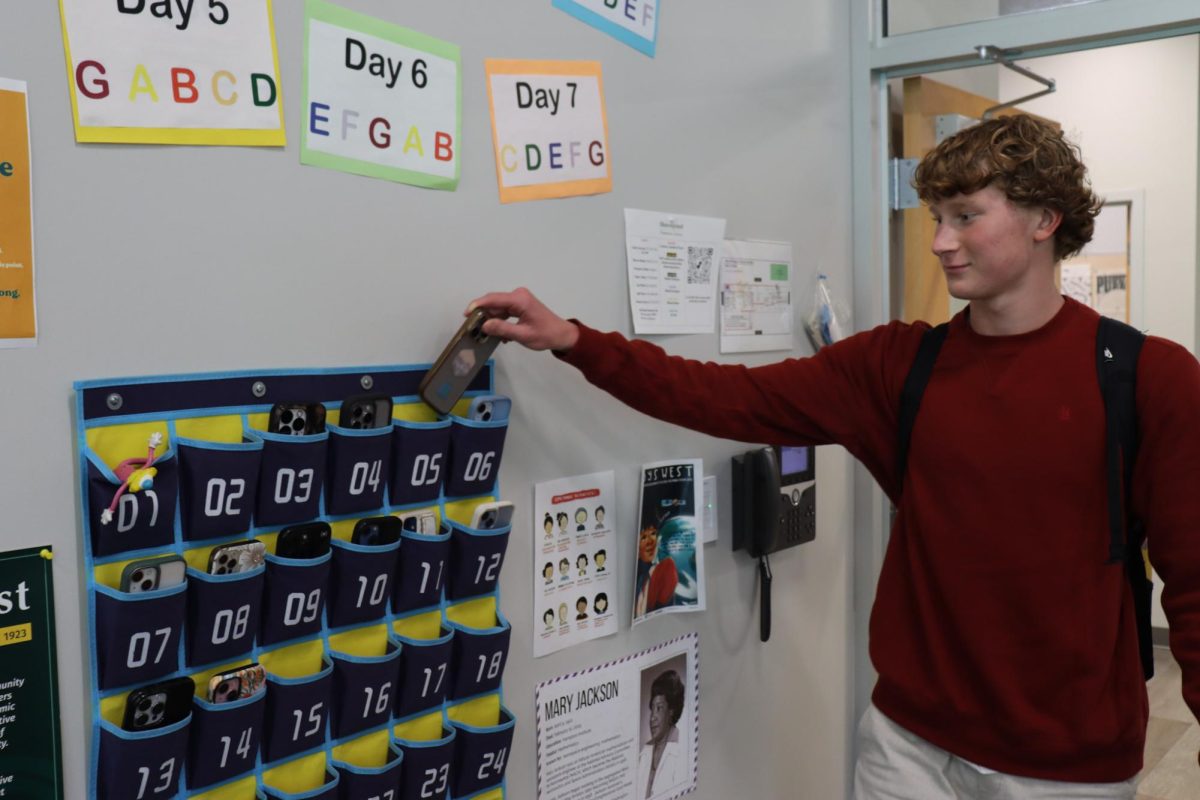
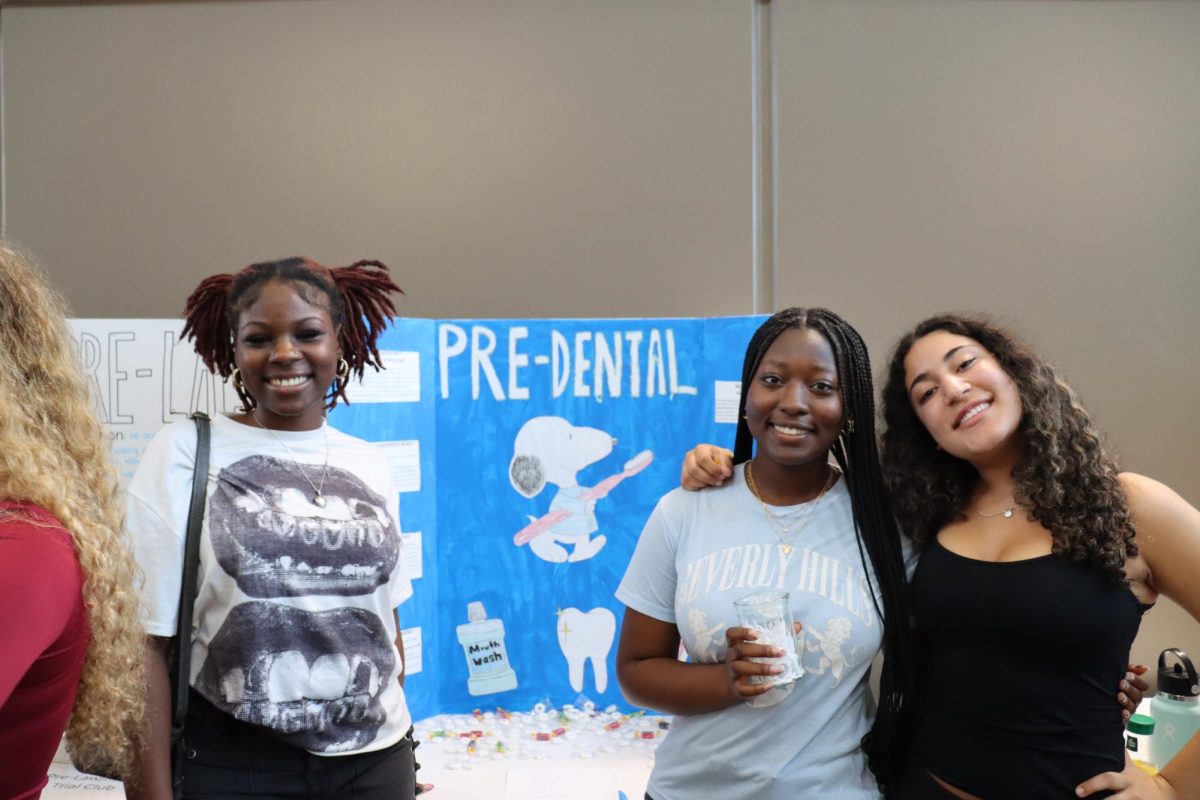


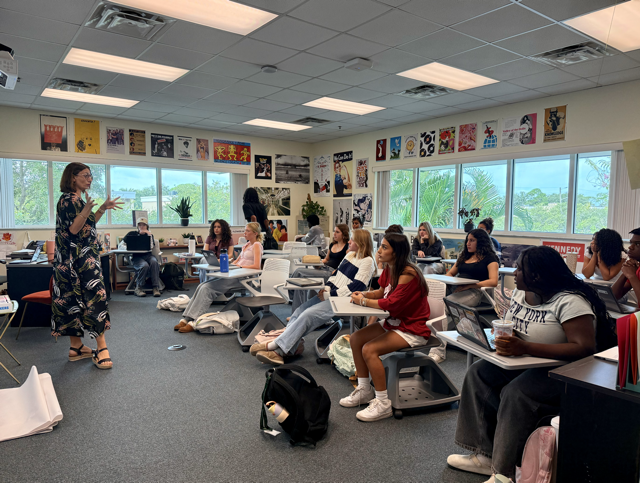

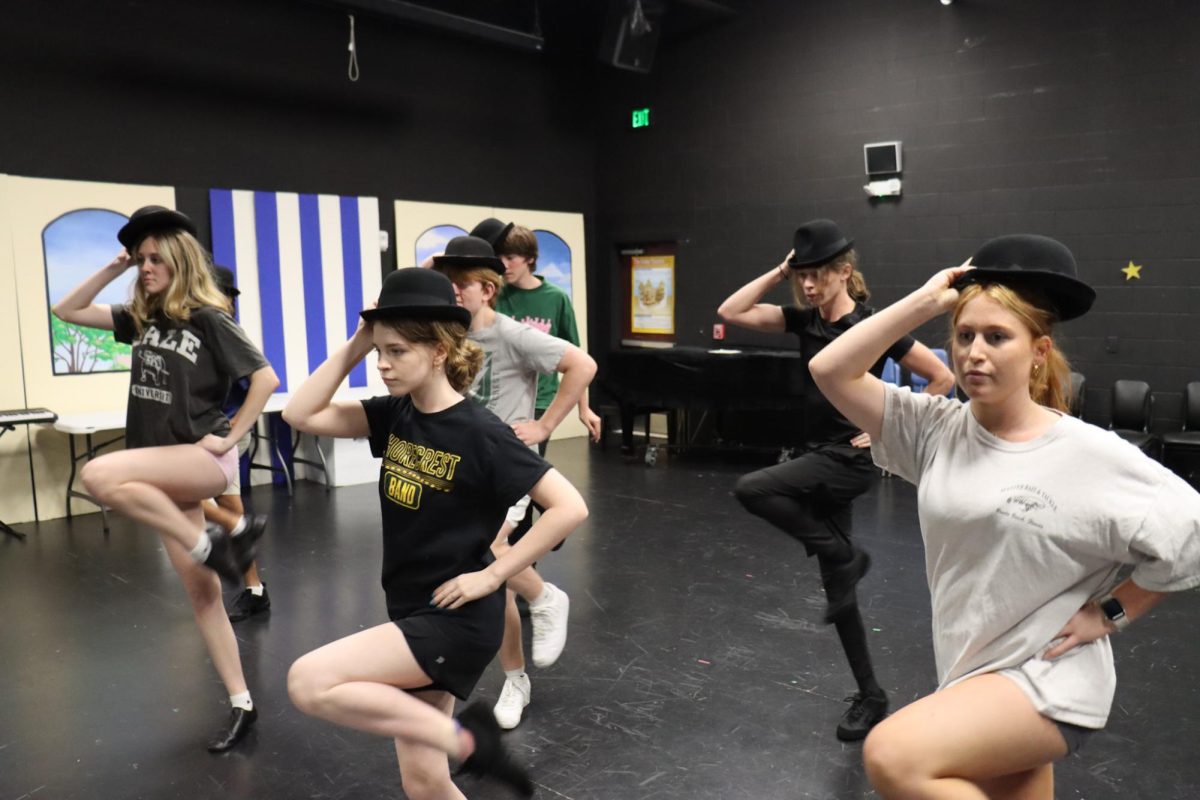
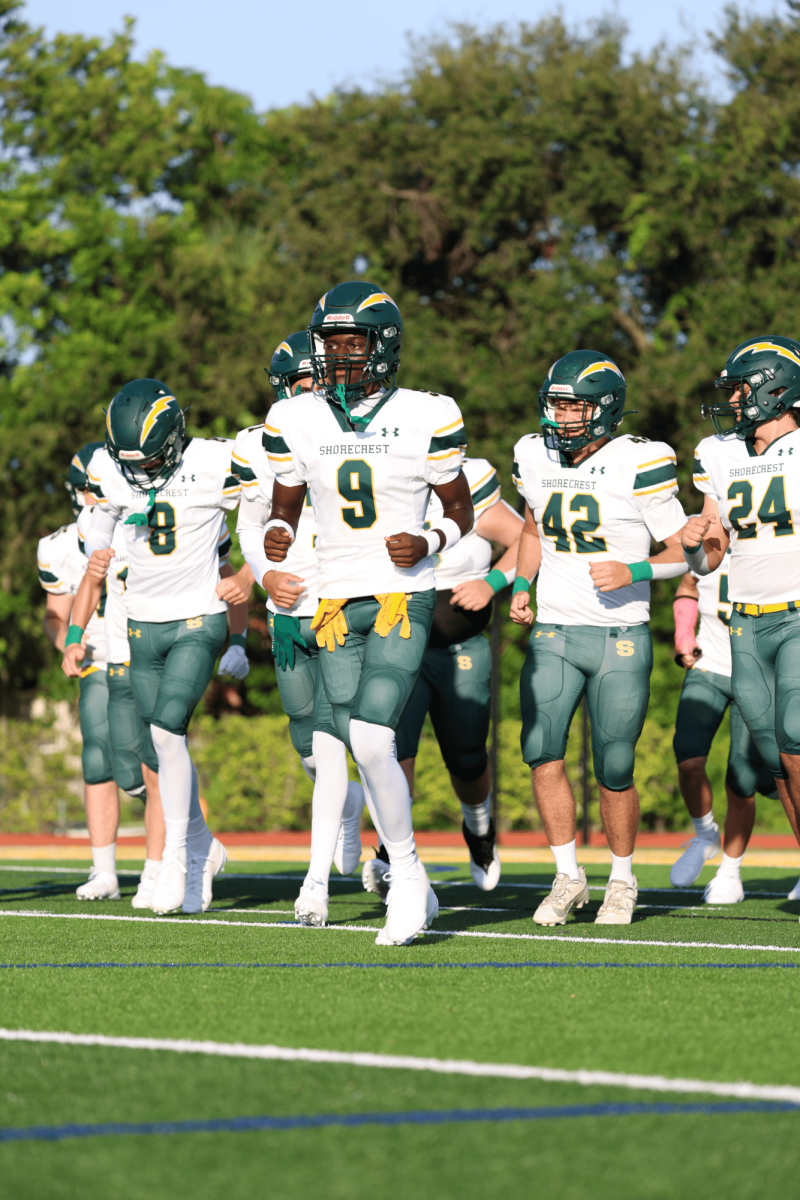








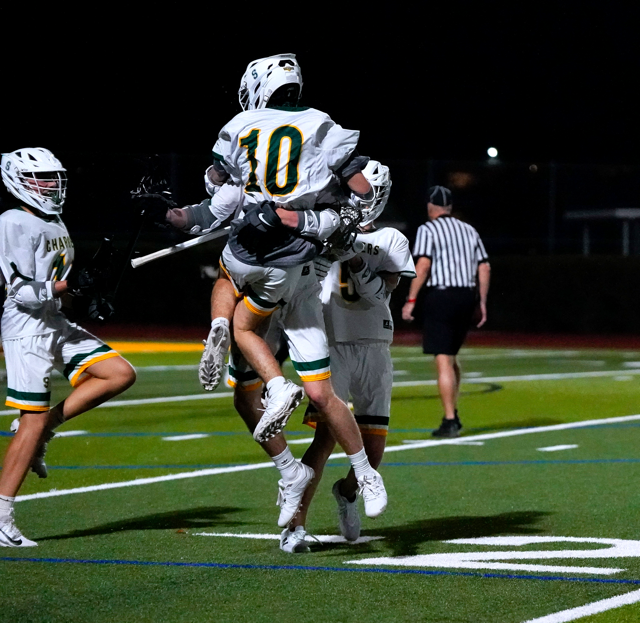

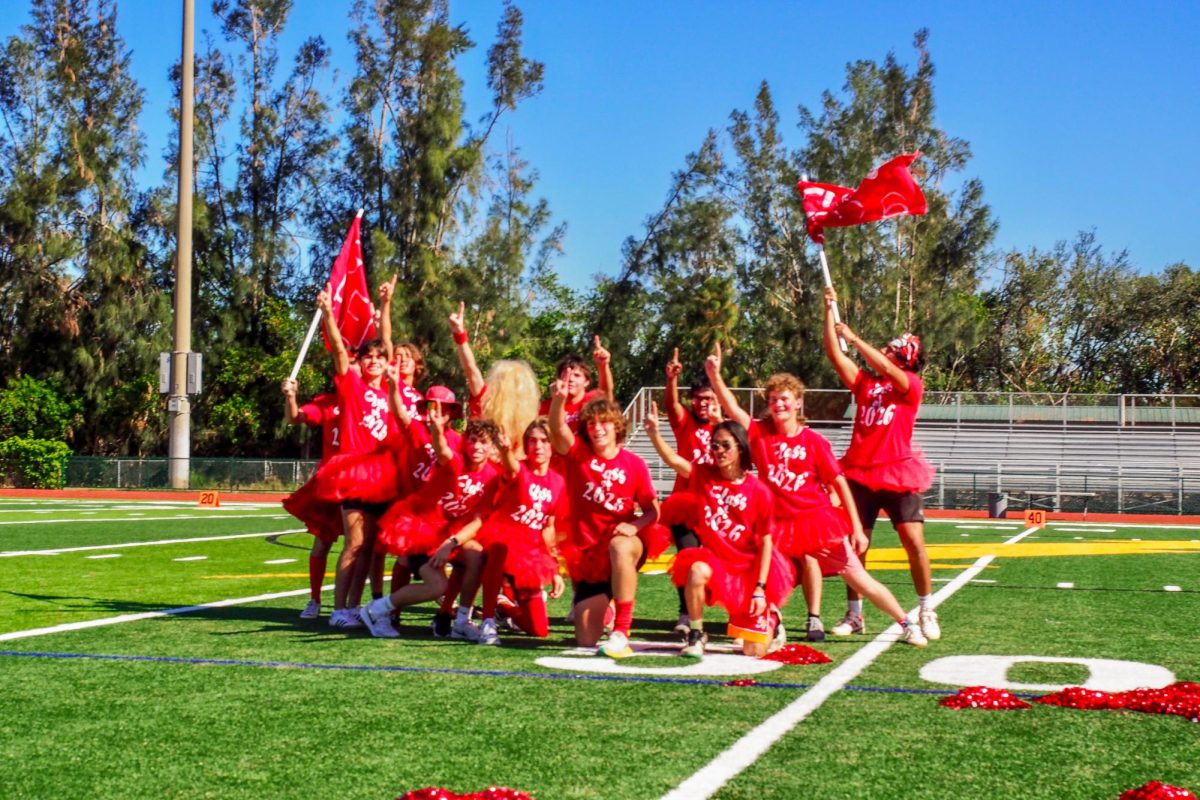
![Thespians pose on a staircase at the District IV Thespian Festival. [Front to back] Luca Baker, Maddison Cirino, Tanyiah Ellison, Alex Lewis, Summer Farkas, Jill Marcus, Ella Mathews, Sanjay Sinha, Isabella Jank, Sofia Lee, Boston Littlepage-Santana, Sally Keane, Tyler Biggar, Tanner Johnson, Jasper Hallock-Wishner, Remy de Paris, Alex Jank, Kaelie Dieter, and Daniel Cooper. Photo by Michael McCarthy.](https://spschronicle.org/wp-content/uploads/2024/12/image1-900x1200.jpg)
